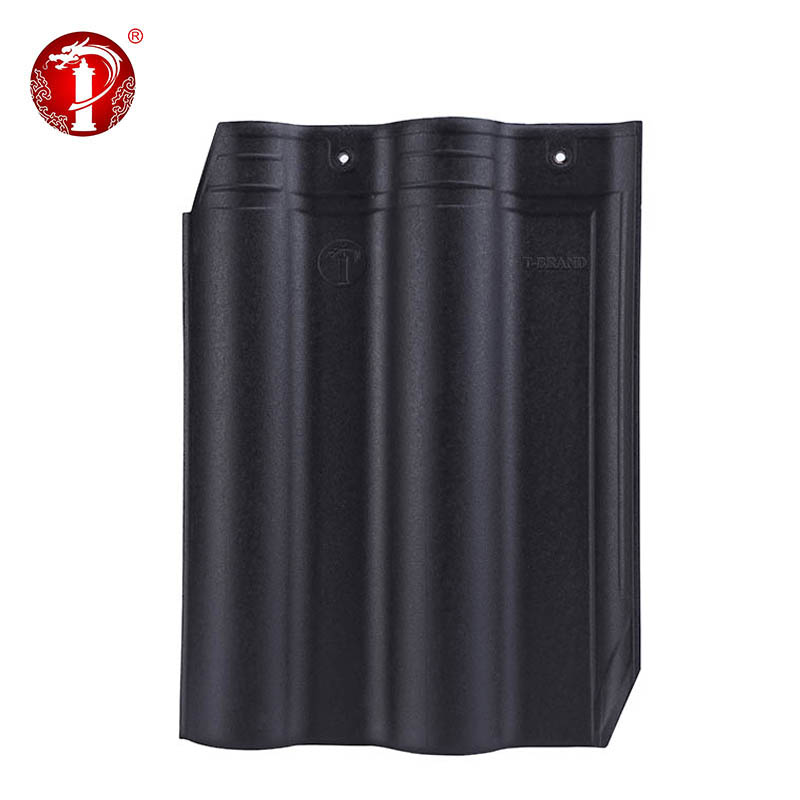Unveiling the Craft: The Manufacturing Process of Glazed Ceramic Roof Tiles
2024-03-07
Ceramic tiles have adorned roofs for centuries, providing protection and adding to the aesthetic appeal of buildings around the world. Among the various types of ceramic tiles, glazed ceramic roof tiles stand out for their durability, weather resistance, and vibrant colors. But what sets them apart from traditional ceramic tiles? In this blog post, we'll explore the intricate manufacturing process of glazed ceramic roof tiles and how it differs from that of traditional ceramic tiles.
1. Material Selection and Preparation: The manufacturing process of glazed ceramic roof tiles begins with the selection of high-quality clay and other natural minerals. These raw materials are carefully sourced to ensure uniformity and durability. Once selected, the clay is mixed with water to form a homogenous mixture, which is then shaped into tiles using molds or extrusion techniques.
2. Forming and Drying: Unlike traditional ceramic tiles, which are typically formed using pressing or casting methods, glazed ceramic roof tiles are often extruded. This involves forcing the clay mixture through a shaped die to produce uniform tiles of the desired size and shape. The formed tiles are then left to dry naturally or in controlled drying chambers to remove excess moisture.
3. Firing: Firing is a crucial step in the manufacturing process of glazed ceramic roof tiles. The dried tiles are loaded into kilns and fired at high temperatures, typically ranging from 1000°C to 1200°C. This process, known as vitrification, transforms the clay into a dense, durable material that can withstand the elements. During firing, the tiles may also undergo color changes, depending on the pigments used in the glaze.
4. Glazing: The distinguishing feature of glazed ceramic roof tiles is the application of a protective glaze layer. After the initial firing, the tiles are dipped or sprayed with a colored glaze, which adds both aesthetic appeal and weather resistance. The glaze may contain various minerals and oxides to achieve specific colors and finishes. Once applied, the tiles are fired again at lower temperatures to fuse the glaze to the surface, creating a durable, waterproof coating.
5. Quality Control and Inspection: Throughout the manufacturing process, strict quality control measures are implemented to ensure that each tile meets the highest standards of durability, uniformity, and aesthetics. Tiles that do not meet these criteria are discarded or recycled, ensuring that only the finest products make their way to the market.
6. Packaging and Distribution: Once the glazed ceramic roof tiles have undergone final inspection and quality assurance checks, they are packaged and prepared for distribution. Depending on the manufacturer, tiles may be shipped directly to customers or to distributors and retailers for sale to consumers.
In summary, the manufacturing process of glazed ceramic roof tiles is a meticulous and highly specialized craft that involves careful selection of materials, precise forming and firing techniques, and meticulous attention to detail. While similar to the process of traditional ceramic tiles in many respects, glazed ceramic roof tiles undergo additional steps such as glazing to enhance their durability and aesthetic appeal. With their enduring beauty and weather-resistant properties, glazed ceramic roof tiles continue to be a popular choice for homeowners and builders seeking a reliable and stylish roofing solution.



